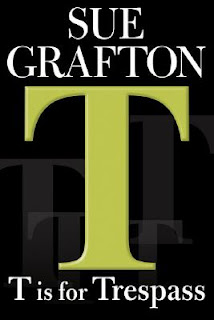
The
Brand Library features a
fine selection of titles from the
33 1/3 series, an ever-growing collection of books that celebrate the great and important records of the rock and roll era, from The Beach Boys’
Pet Sounds to Radiohead’s
OK Computer. While the series, published by Continuum, covers many of the legendary names in popular music history (Bob Dylan, Bruce Springsteen,
Pink Floyd), many underground, overlooked, and generally underappreciated albums are featured as well. PJ Harvey’s
Rid of Me and Neutral Milk Hotel’s
In the Aeroplane Over the Sea, neither of which developed much more than a cult following upon being released, are featured in the series, right along side the Rolling Stones’
Exile on Main Street and Neil Young’s
Harvest.
It is important to note that the albums covered are not exclusively rock and roll records. Stevie Wonder’s
Songs in the Key of Life, the Beastie Boys’ Paul’s Boutique, and
ABBA Gold are among the many titles from other important genres of popular music in the latter half of the 20th century featured in the 33 1/3 series.

The format for the series is very simple: one classic album, one writer, one book. It is obvious that each writer, normally a musician or music critic, has a genuine fondness for the album about which he or she is writing, and this helps transform the series from a dry rehashing of extended production notes into a celebration of popular music’s truly remarkable artistic achievements. Themes in a given book can range from biographical treatment of the artist, to contextualizing the album in the musical or social era in which it was created, to simple reminiscences of the author’s initial experiences of buying and listening to the album. As The New York Times Book Review puts it, the books are “freewheeling and eclectic, ranging from minute rock-geek analysis to idiosyncratic personal celebration.”
 President Harry Truman's daughter who grew up in the White House died this week. She was nearly eighty-eight. Margaret Truman was the author of twenty-five mystery novels which, while not gaining critical favor, were very popular with readers.
President Harry Truman's daughter who grew up in the White House died this week. She was nearly eighty-eight. Margaret Truman was the author of twenty-five mystery novels which, while not gaining critical favor, were very popular with readers. 









 The Invention of Hugo Cabret
The Invention of Hugo Cabret 





























